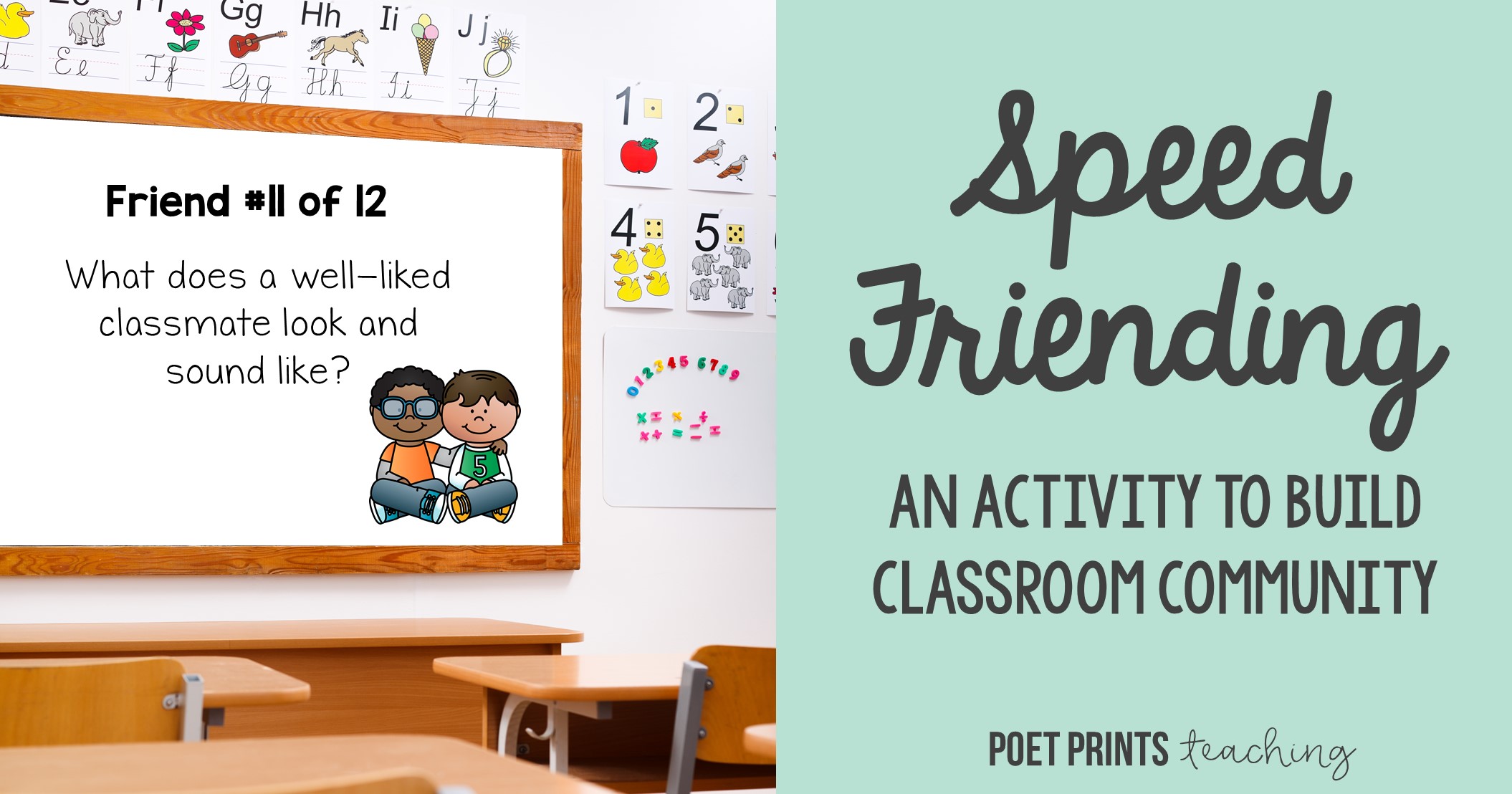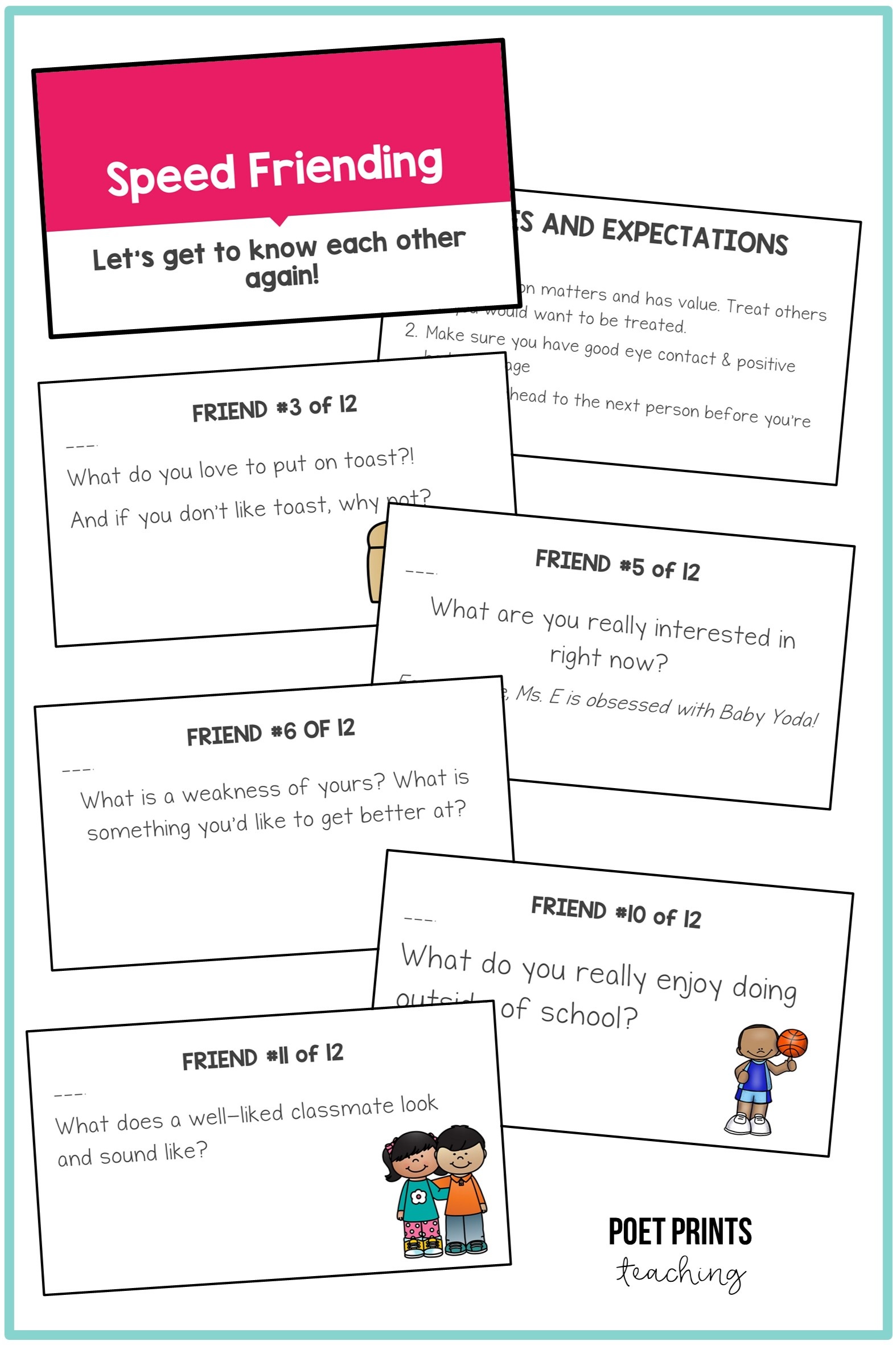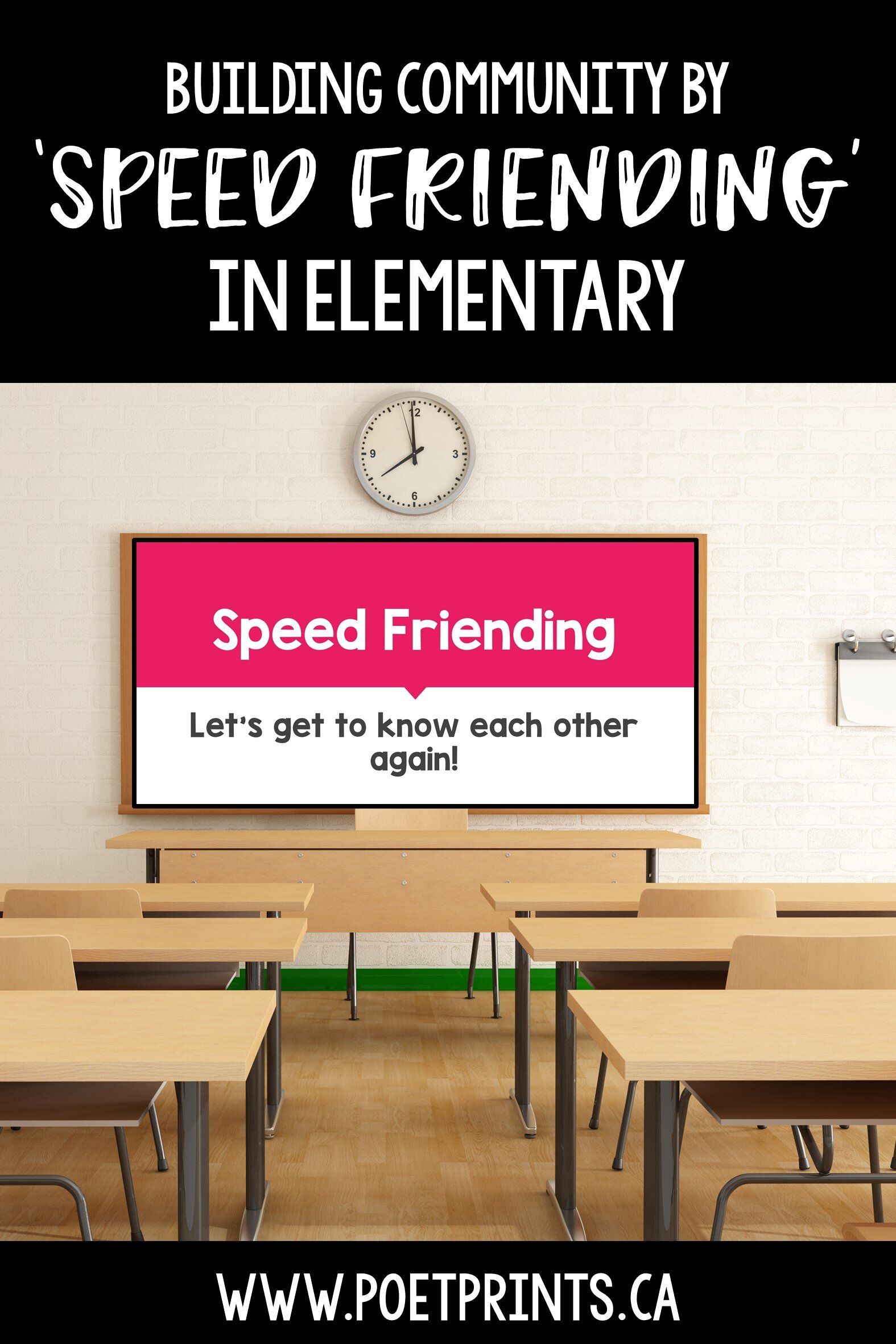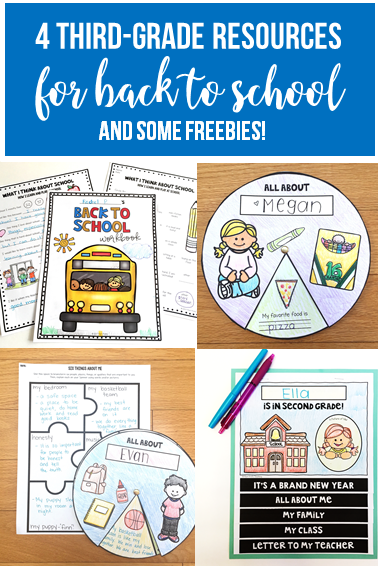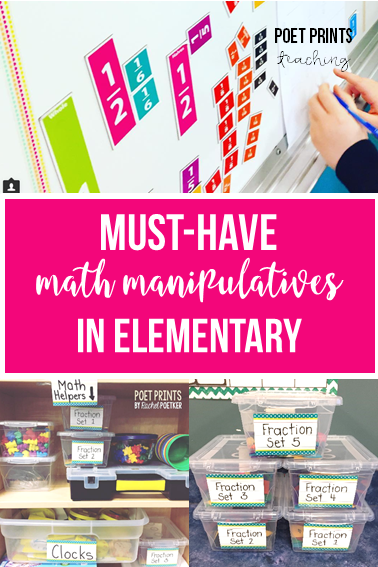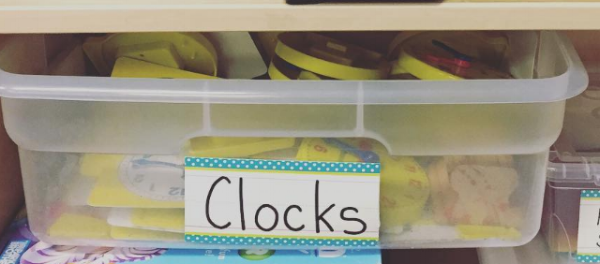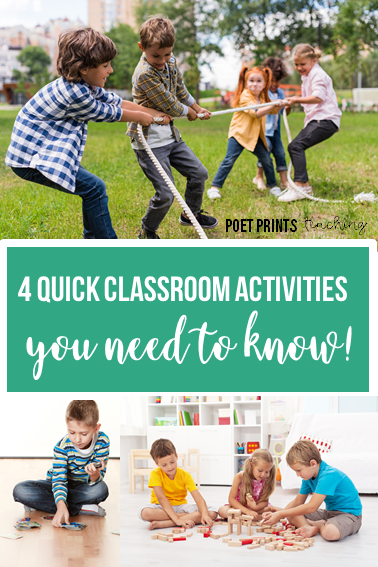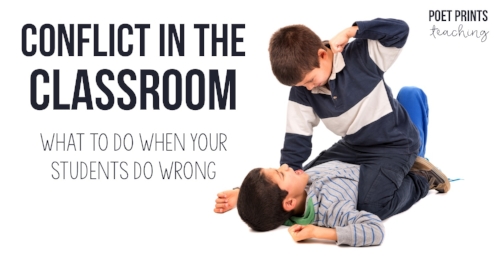With every first day back after a school break, I try to be very intentional about how to build classroom community and help my fourth-grade students re-connect with each other. It’s so easy to resort to just catching up with friends and going with what’s familiar, so one way to help my students connect with as many peers as possible is through “speed friending!” It’s a great classroom community activity for any time of the year!
In this activity, there are a series of questions that I show on Google Slides, and with each new question comes a new peer to interact with! It’s a great way to encourage students to make connections with peers outside of their usual social circles. I start the activity with a brief set of ‘rules and expectations’ that help to set us up for success.
With twenty-four students, I divide the class into two lines with their chairs facing each other. I tell one of the lines that they are now glued to their chairs and that the line of classmates across from them now moves one over with each new question.
These questions range from silly “would you rather” style prompts to more intentional questions like “What is a quality you look for in a good friend?” Or today’s humdinger was “What is something that you really struggled with that you want to continue working on?”
The question that received the most giggles was over “What are you really interested in right now? For example, your teacher is obsessed with Baby Yoda.”
And on the twelfth question, we end with a fun movement game where partners create a sequential rhythm with their hands and voices.
What I love best is that the students are engaged with each new question, they enjoy the variety in different partners, and the community naturally restrengthens as the students bond over shared experiences and similar answers.
What activities do you do that help facilitate conversation and connection in your classroom? I’m always on the hunt for new ideas. Leave some ideas below!
This was a guest post by Sarah, an elementary teacher in British Columbia. She shares all of her upper elementary adventures on Instagram at @themissengteacher.



